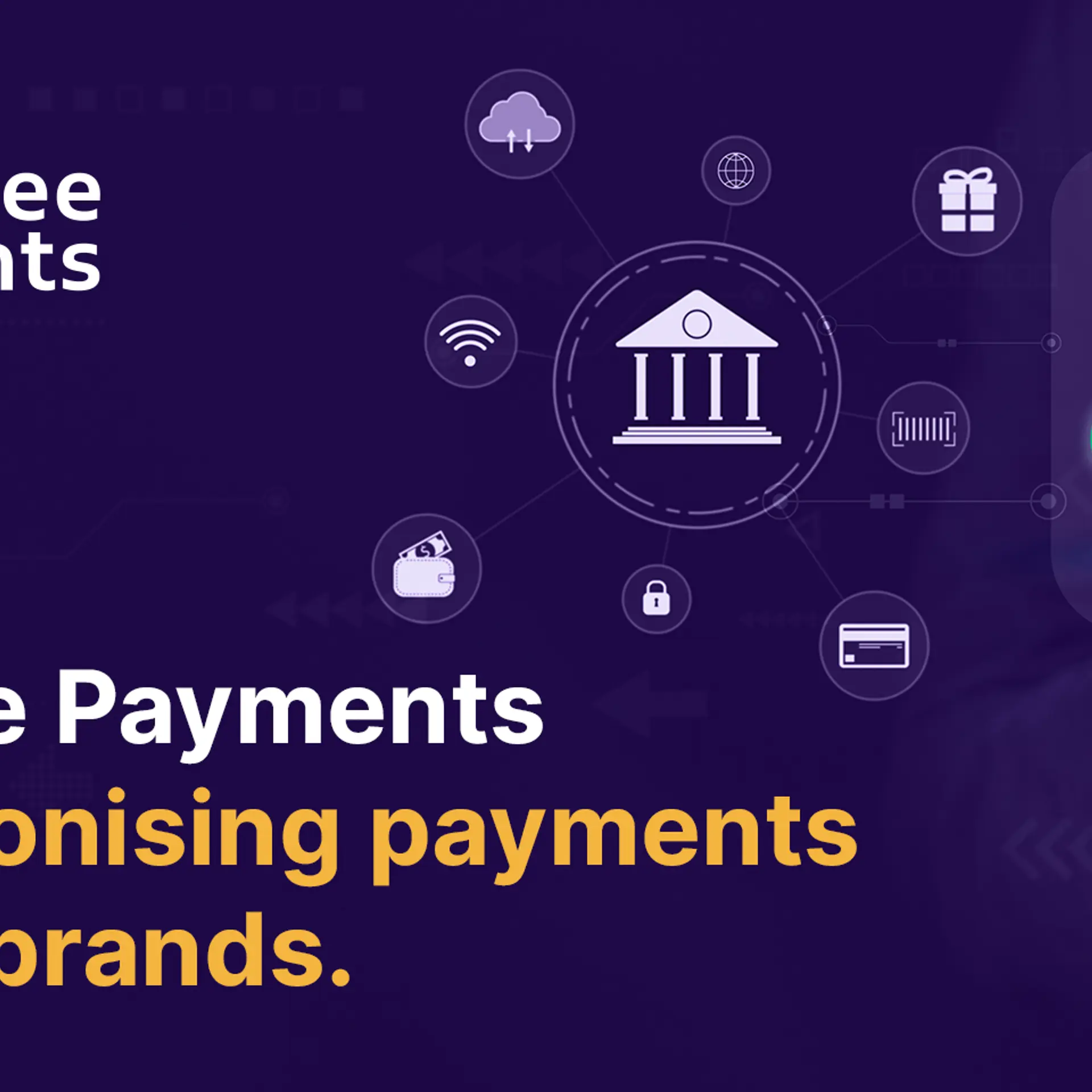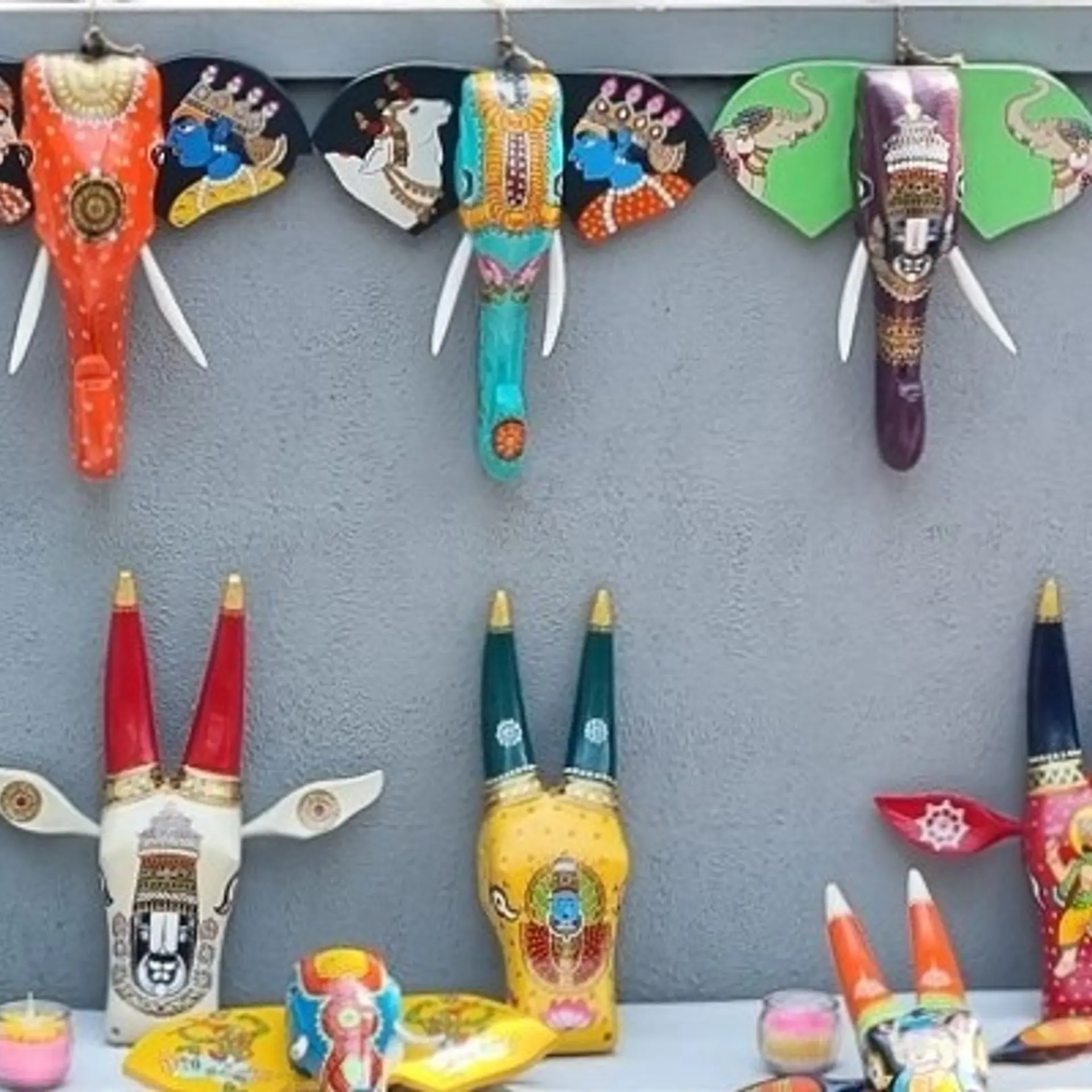UberEats launches in India. What does this mean for likes of Swiggy and Zomato?
UberEATS was launched today in India after much fanfare and speculation. As always, a later entrant in the market, how will UberEATS impact other food delivery platforms like Swiggy and Zomato?
San Francisco-based cab aggregator Uber today announced the launch of its food delivery vertical UberEATS in Mumbai. Set up like a cocktail party of the Medieval times with long tables and diffused yellow light at Mumbai's famous Mehboob Studio, UberEATS was launched with a lot of fanfare and drama.

Bhavik Rathod was announced as the Head of UberEATS India. The company plans to start its service in Mumbai before expanding to other cities. It has already tied up with restaurants like The Bohri Kitchen, Le15, Coffee by Di Bella, FreshMenu, Chaayos, and The Good Wife, to name a few.
The India focus
UberEATS is also seamlessly integrated with the Uber ride app so that a rider can choose to order a meal during a ride. Speaking to YourStory, Bhavik says,
“Mumbai is the best learning ground for UberEATS and to understand the delivery business in India. We have already partnered with over 200 restaurants in Mumbai.”
In India, the team claims to deliver convenience, reliability, and a wide selection. Two years after expanding and launching across different parts of the globe, Uber is bullish about the Indian market. And rightly so. According to IBEF, the market is pegged at $50 billion.
“With our data and technology, we can provide our restaurant partners the future capability to even start their own internet kitchens,” says Bhavik.
UberEATS India will be using the UberMOTO strength to push deliveries.
While only in Mumbai for now, the Uber team has hinted at an aggressive pan-India launch. "Its Uber's modus operandi, they wait to learn from everyone else. And build on it. They have the patience for it, but once they start growing they push aggressively with discounts and promos," says an owner of a restaurant in Mumbai.
While Swiggy and Zomato currently have a strong presence in the market, they have, in effect, cleared the way for Uber by helping build a market that didn't exist earlier.
In the US, Uber took a year to break into its competition's space and they did it with one thing -- by being patient. Whether they can wait in India too, with existing strong players only time will tell.
Speaking of the focus on India market, Karthik Murthy, Product Manager, International, at UberEATS, says that with India they are looking at a pure cultural focus.
“When you open the app, the interface is different for you from the next person. The focus is based on location, popularity, and price points. For India, there is focus even on dietary needs," adds Karthik.
In order to ensure the drop off of the food is seamless, the app allows users to save their addresses and search from recent deliveries. The idea, Karthik adds, is to give people the option of choices. The app follows the same tracking mechanism of the rides business to UberEATS.
“Logistics in India is a nightmare. Locations aren't set, traffic is unpredictable, and consumers need more time to shift in behaviour," says a founder of Mumbai-based food startup.
According to Uber, its app works through all those challenges. Karthik and Bhavik say that their learnings from their rides business in India have helped build an India-specific app.
Late to the party
UberEATS is actually late to the party in India. But this seems to be Uber’s modus operandi. UberEATS started as UberFresh in 2014 in Los Angeles. At that time, the online food delivery market there had strong players like Postmates, Seamless, Sprig, GrubHub, and Caviar.
According to a 'Business Insider' report, "When it started, it had only seven options for its lunch menu. It didn’t carry out the restaurant’s entire menu like most of its competition did."
They worked to ensure one thing – quick and cheap delivery. Once the ride-hailing business started understanding the emotional business of food ordering, they launched a separate app, got trained drivers to deliver the food, and ensured that the price bands were tightly fixed.
Similarly in India, over the past two to three years, the online food delivery market has seen ups and downs. That reason being the food business, as we know now, is operation intensive.
As of March this year, Uber had partnered with over 40,000 restaurants across 78 countries around the globe, according to 'VentureBeat'. And it even launched an analytics tool for its restaurant partners.
UberEATS boasts of a 35-minutes delivery time.
The India food market
In India, Swiggy has already got a strong footing across eight cities. As of 2016, it had over a million app downloads and claimed to have a 25 percent month-on-month growth.
When rival Swiggy first started, it ran free deliveries. Today, it charges its customers Rs 30 for every delivery and even has surge pricing on rainy days.
Over $3.5 billion has been poured across 380 disclosed deals in the first of half of 2015. However, in 2016 the funding amount dropped to less than $80 million, according to a report by RedSeer.
Despite the shutdowns and consolidations, the online food delivery market is believed to have grown over 150 percent last year. The report stated that it showed an estimated GMV of $300 million.
There seems to be a significant shift in consumer behaviour as well. Priya Kasturirangan, a working software professional in Bengaluru, believes that Swiggy has transformed life and made it easier.
Swiggy has always had a strong focus on its delivery model. Now, it is also testing its cloud kitchen at Koramangala in Bengaluru.
Nir Eyal, Author of the book, 'Hooked: How to build habit-forming products', writes, "The winner is not one with the best product, but with the first habit-building product associated with a certain emotion, which has the monopoly in the user’s mind."
When UberEATS first launched in Chicago, marketing professional Gayatri K wondered what the point of yet another food delivery platform. But now she swears by UberEATS. “The experience is seamless just like their rides. And it's cheaper as well," she says.
Looking at unique profiles
Jason Droege, Head of UberEverything, told Recode that they look at the market differently. The city profiles are selected based on restaurant profiles and the idea is to bring connectivity with food on lower connected areas where restaurants aren't able to push the scale, Bhavik adds.
However, food business in India isn't easy. There are several experiences that are unique to India. Uber India’s competition Ola too had started Ola Cafe in 2015. However, the latter shut operations.
“It’s a no-brainer. The kind of scale UberEATS is promising, and with partnering with them, I hope to scale faster,” says Munafa Kapadia, Chief Eating Officer at The Bohri Kitchen.







